


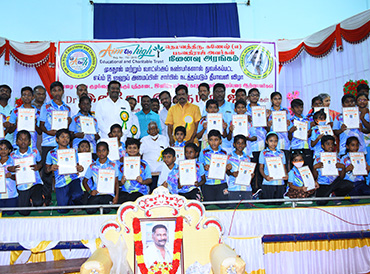
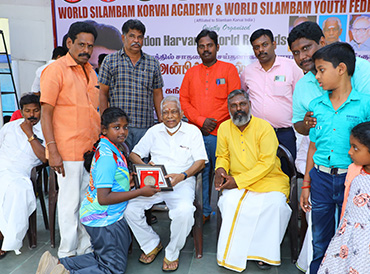
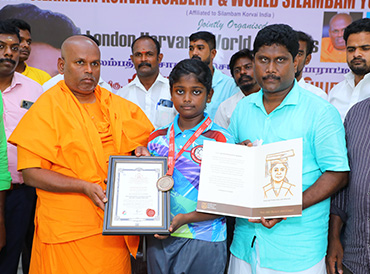
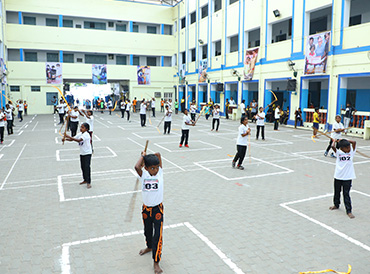
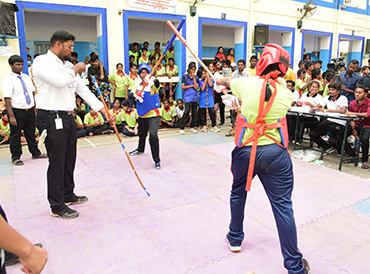



Silambam is a weapon-based martial art of India, more specifically from Tamilakam (now Tamil Nadu region) in the Indian subcontinent, where it originated around 1000 BCE. This ancient fighting style is mentioned in Tamil Sangam literature 400 BCE.Oral folklore traces Silambam back several thousand years to the siddhar (enlightened sage) Agastya. While on his way to Vellimalai, Agastya discussed Hindu philosophy with an old man he met, said to be the god Murugan in disguise. The old man taught him of kundalini yoga and how to focus prana through the body's nadi (channels). Agastya practiced this method of meditation and eventually compiled three texts on palm leaves based on the god's teachings. One of these texts was the Kampu Sutra (Staff Classic) which was said to record advanced fighting theories in verse. These poems and the art they described were allegedly passed on to other Siddha of the Agastmuni akhara (Agastya school) and eventually formed the basis of Silambam, siddha medicine, and the southern style of kalaripayat.
References in the Silappadikkaram and other works of Sangam literature shows that silambam has been practiced as far back as the 4th century BC.The bamboo staff - along with swords, pearls and armor - was in great demand with foreign traders, particularly those from Southeast Asia where silambam greatly influenced many fighting systems. The Indian community of the Malay Peninsula is known to have practiced silambam as far back as the period of Melaka's founding in the 15th century, and likely much earlier.
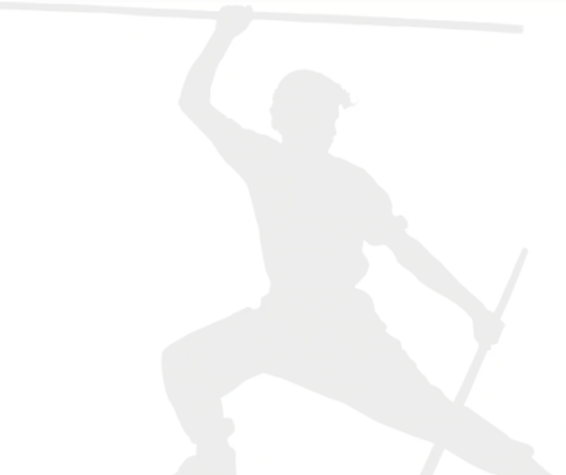

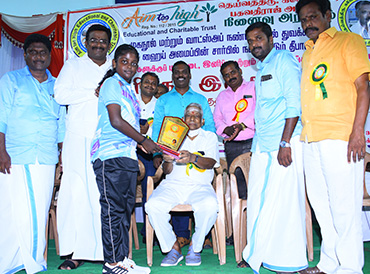


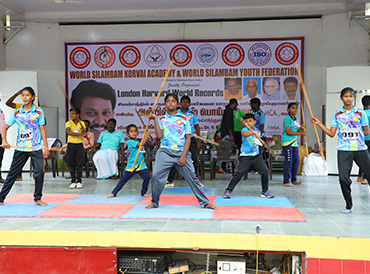

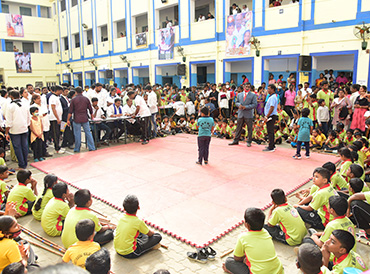


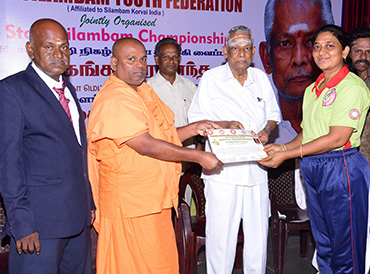
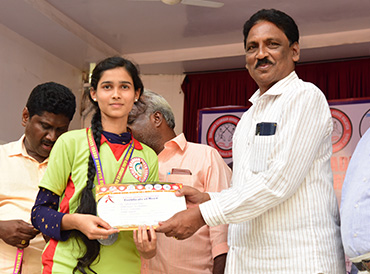
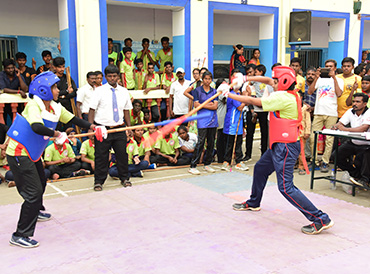
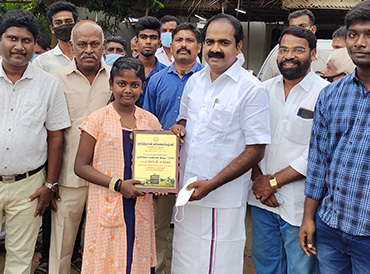
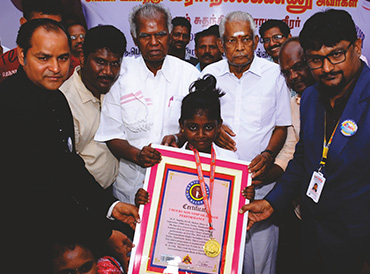
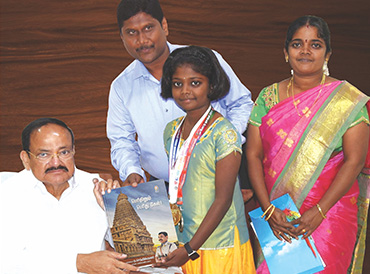





மெய்ப்பாடம் என்பது சிலம்பக் கலையின் முதலாவது பயிற்சியாகும்., உடல் வலிமையைப் பெருக்கும் நோக்கில் வகுத்தறிந்த உடற்பயிற்சிகளைச் செய்து உடல் தகுதியை அடைவது மெய்ப்பாடம்.
குறிப்பிடத்தகுந்த வலிமையை உடலுக்கு ஏற்படுத்தவும், உடலின் நெகிழ்வை உறுதிப்படுத்தவும் கற்பிக்கப்படுவது உடற்கட்டுப் பாடம் ஆகும். இது இரண்டாம் நிலைப் பயிற்சியாகும்.
மூச்சுப்பாடம் என்பது மூன்றாவதாக இடம் பெறும் பயிற்சியாகும். கூடுதலான நுணுக்கமிகு பயிற்சிகளைச் செய்வதற்கு ஏதுவாக இருக்கும் பொருட்டு மூச்சுப்பாடம் கற்பிக்கப்படுகிறது.. ஒருவர் மெய்ப்பாடம், உடற்கட்டுப் பாடம் மற்றும் மூச்சுப்பாடம் ஆகியவற்றைக் கற்றுக் கொள்வது. தனக்கு விருப்பமுள்ள கூடுதல் பாடங்களைப் பயில வழி வகுக்கிறது.
சிலம்பாட்டத்தின் முக்கிய உட்கூறாக குத்துவரிசை அமைகிறது. பெயருக்குத் தகுந்தாற்போல் எதிரியைக் கைகளால் வரிசையாகக் குத்துவதே குத்துவரிசையாகும். குத்துவரிசையின் நுணுக்கமாக, நிற்கும் நிலைகளை எப்படி இலாகவமாக மாற்றிக் கொள்வது என்பதைக் கற்றுக்கொள்வது இன்றியமையாததாகும். கிட்டத்தட்ட, அறுபத்து நான்கு விதமான நிலைகள், புலி, யானை, பாம்பு, கழுகு, குரங்கு ஆகிய உயிரினங்களிடமிருந்து கற்றுக் கொள்ளப்படுகின்றன.
ஒருவர் குத்துவரிசை பயிலும் போதே தட்டுவரிசையையும் கற்றுக் கொள்ளலாம். மறுநிலையில் இருப்பவர் குத்துக்களைத் தம்மீது பாய்ச்சும் போது, அவற்றை அவர்தம் நிலைக்கேற்பத் தன்நிலையை மாற்றித் தட்டிவிடுதல் என்பதே தட்டுவரிசையாகும்.
எதிரி தம்மைத் தாக்க வரும் போது, எதிரியை எப்படி இலாகவமாகத் தம்பிடிக்குள் கொண்டு வந்து தாக்குதலை முறியடிப்பது என்பதே பிடிவரிசை என்பதாகும். சிலம்பாட்டத்தின் இக்கூறானது, யானைகளிடம் இருந்து வகுக்கப்பட்ட ஒன்றாகும். யானைகள் ஒன்றுக்கொன்று பிடி போட்டுக்கொள்ளும் போது, கிட்டத்தட்ட இருநூறு வகையான பிடிகள் இருப்பது கண்டறியப்பட்டு அவை யாவும் இப்பயிற்சியில் இடம் பெற்றுள்ளன.
ஏதாகிலும் ஒன்றைப் பாவித்து நேர்த்தியாகத் தம் காலடிகளைச் சூழலுக்கேற்ப மாற்றிக் கொண்டு எதிரியின் மீது அடி விழச் செய்தலை வரிசைப்படுத்துவதே அடிவரிசை என்பதாகும். சிலம்புக்கலையின் இக்கூறானது குரங்குகளிடமிருந்து கற்றுக் கொண்டதாகும். அடிவரிசையில் கற்றுத் தேர்ந்த ஒருவர் அடுத்ததாக சிலம்பாட்டம் எனும் சிலம்புக்கலையின் உட்பிரிவைக் கற்றுத் தேர்ச்சியடையலாம்.